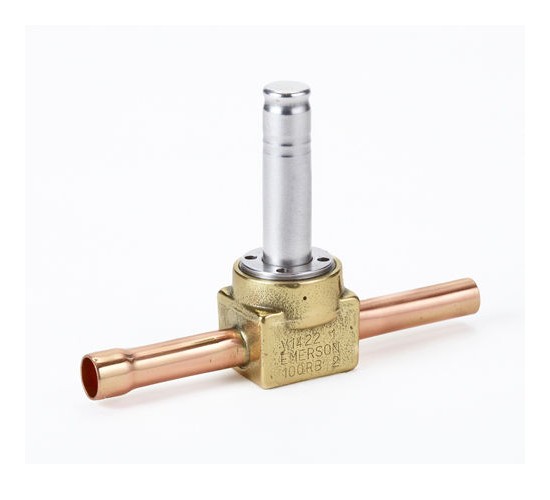Get Tech Tips
Subscribe to free tech tips.
Motor Types
In residential and light commercial HVAC, we work primarily with PSC (permanent split capacitor) motors. However, it is good to be aware of some other types.
PSC (Permanent Split Capacitor)
A common medium torque single phase motor with a run capacitor always in the circuit. This type makes up the majority of HVAC motors (condenser fan motors, blower motors, compressors, etc.).
CSCR – (Capacitor Start, Capacitor Run)
A higher starting torque motor that uses a run capacitor as well as a start capacitor. The start capacitor is removed from the start circuit shortly after starting using a potential, current, or centrifugal relay.
CSIR – (Capacitor Start, Induction Run)
These motors are fairly rare and utilize a start capacitor and no run capacitor.
Three-Phase
Three-phase motors require three-phase power and do not require capacitors.
Shaded Pole
Shaded pole motors are very small, low-torque motors. They can only run in one direction, and they do not utilize capacitors.
D.C. (Direct Current)
D.C. motors work on direct current and (generally) utilize brushes to transfer an electrical charge to the armature (rotor) of the motor.
ECM (Electronically Commutated Motor)
This type of motor is a high-efficiency DC (or three-phase, depending on how you look at it) motor that uses no brushes, a permanent magnet rotor. It utilizes electronically switched DC power to turn the motor at various speeds.
—Bryan











Comments
To leave a comment, you need to log in.
Log In